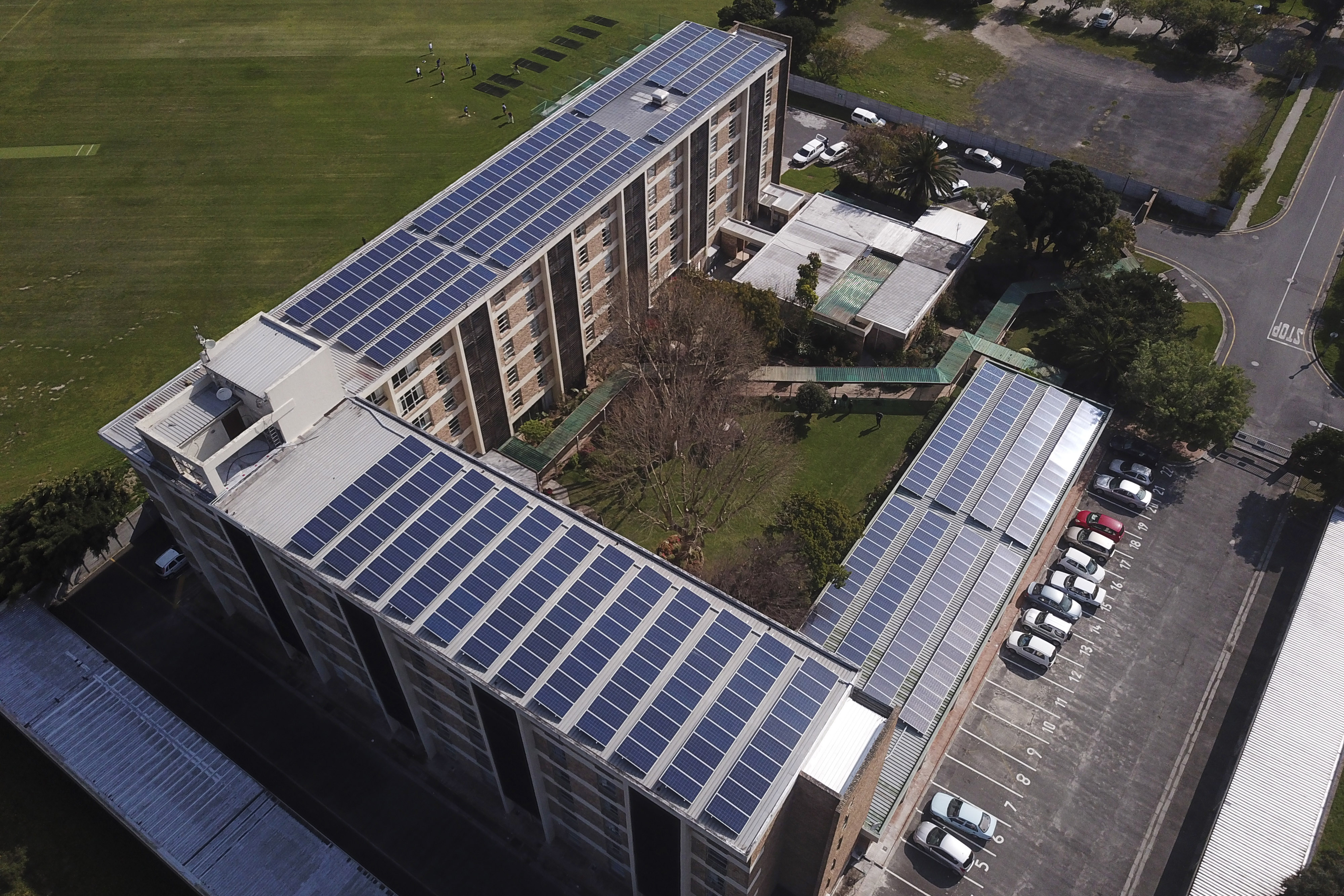1. South Africans have installed the solar equivalent of six load shedding stages
The South African Photovoltaic Industry Association, the organised solar industry, went live on a really interesting data portal this week. By extracting solar PV panel data from satellite images, the association can now give a credible estimate of solar panel installations. By the end of March 2023, it estimated, there were 5.5GW of installed solar in South Africa, all but guaranteeing that it is now more than 6GW. In our power-constrained language, that’s the equivalent of six stages of load shedding now powered by the sun. Have a look. It will make your day brighter.
The association says:
· Residential installations are about 11% of total
· 33% are small-scale at less than 1MV
· 34% are in the range of 1MW to 50MW
· 32% are larger than 32%
There’s more progress on the energy front than we realise if we adopt a purview wider than just Eskom.
2. Soon you’ll be able to fill up with hydrogen
As the fuel price and its many stealth taxes whipped us on Wednesday evening, a new generation option was launched. Sasol, Toyota and Air Products SA filled a car with hydrogen-based fuel.
Sasol’s betting big on the fuel potential of green hydrogen and while the H2 that went into the tank this week is not yet green, it could be in future. The Toyota Mirai (pictured) is the company’s prototype hydrogen fuel-cell car. Three tanks store the hydrogen while a fuel cell produces the electricity to power the car, so it doesn’t need long charging. The hydrogen is still expensive, the green technology to make it a clean fuel is not yet perfected and the major-use case is likely to be for long-haul trucks and in mines and other big industrial operations.
But the launch does show that South Africa is innovating at important margins and this is a particularly interesting tripartite innovation. Lisa Steyn at News24 wrote a good explainer.
3. One year of the $8.5bn Just Energy Transition Investment Plan – almost nothing to show
This week, the office of the Just Energy Transition Investment Plan (JET-IP) meant to manage the almost R200-billion programme presented an update to the Presidential Climate Commission. To say it’s underwhelming would be an understatement. To recap: the JET-IP was heralded at COP27 in 2022 (the big annual climate change indaba) as one of two breakthrough global agreements by wealthy countries to start financing (through grants and loans) a successful just energy transition in South Africa and Indonesia.
The update to the Presidential Climate Commission shows that precious little has been achieved by the project management unit of the JET-IP. What the report amounts to is some early diagnostic work and lots of big money asks. It’s a waste of what could have been a heralded project in the world. Let’s hope the next year will see faster progress. Read the full report here. DM
This article was originally published as a newsletter. To receive the weekly edition of 'Power to the People', sign up here.





